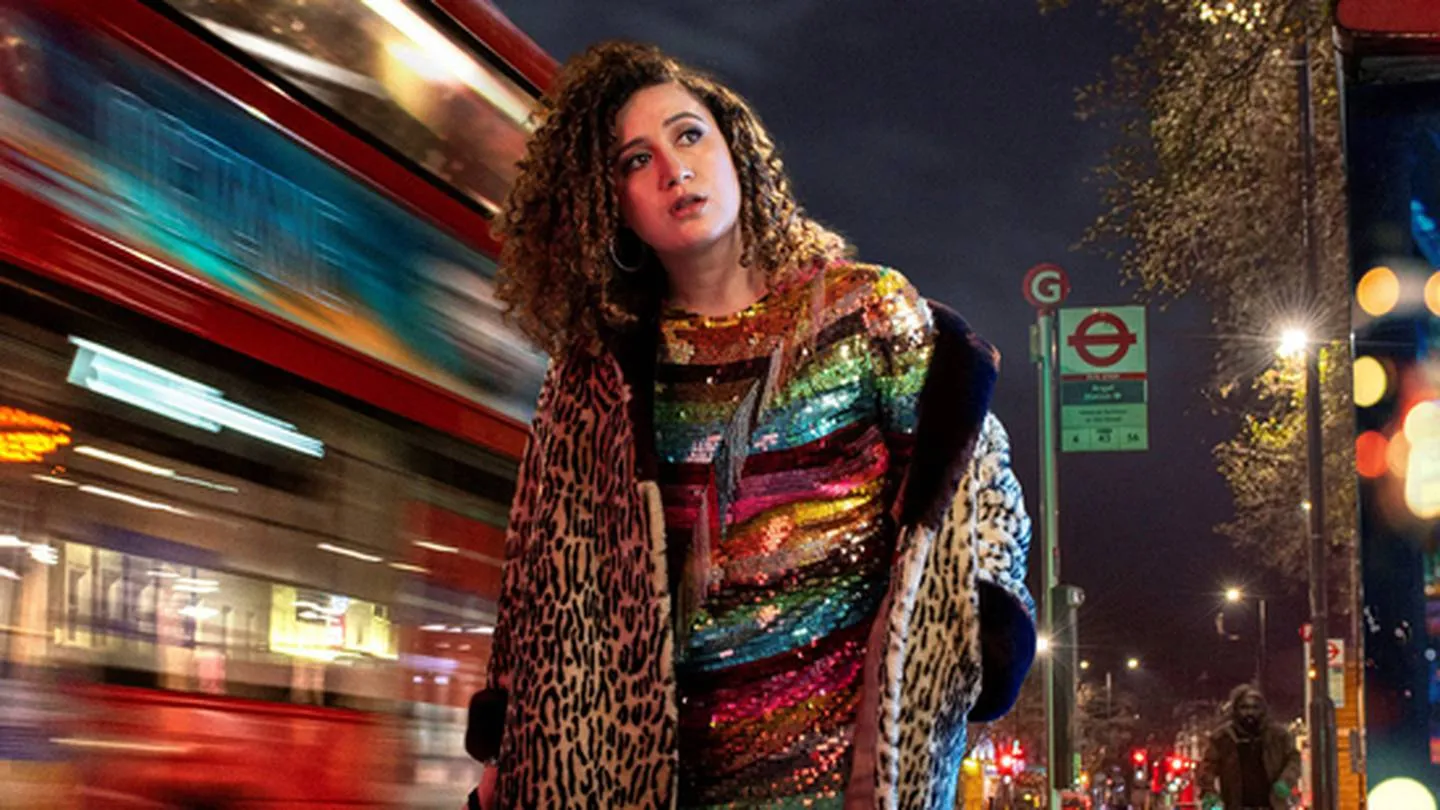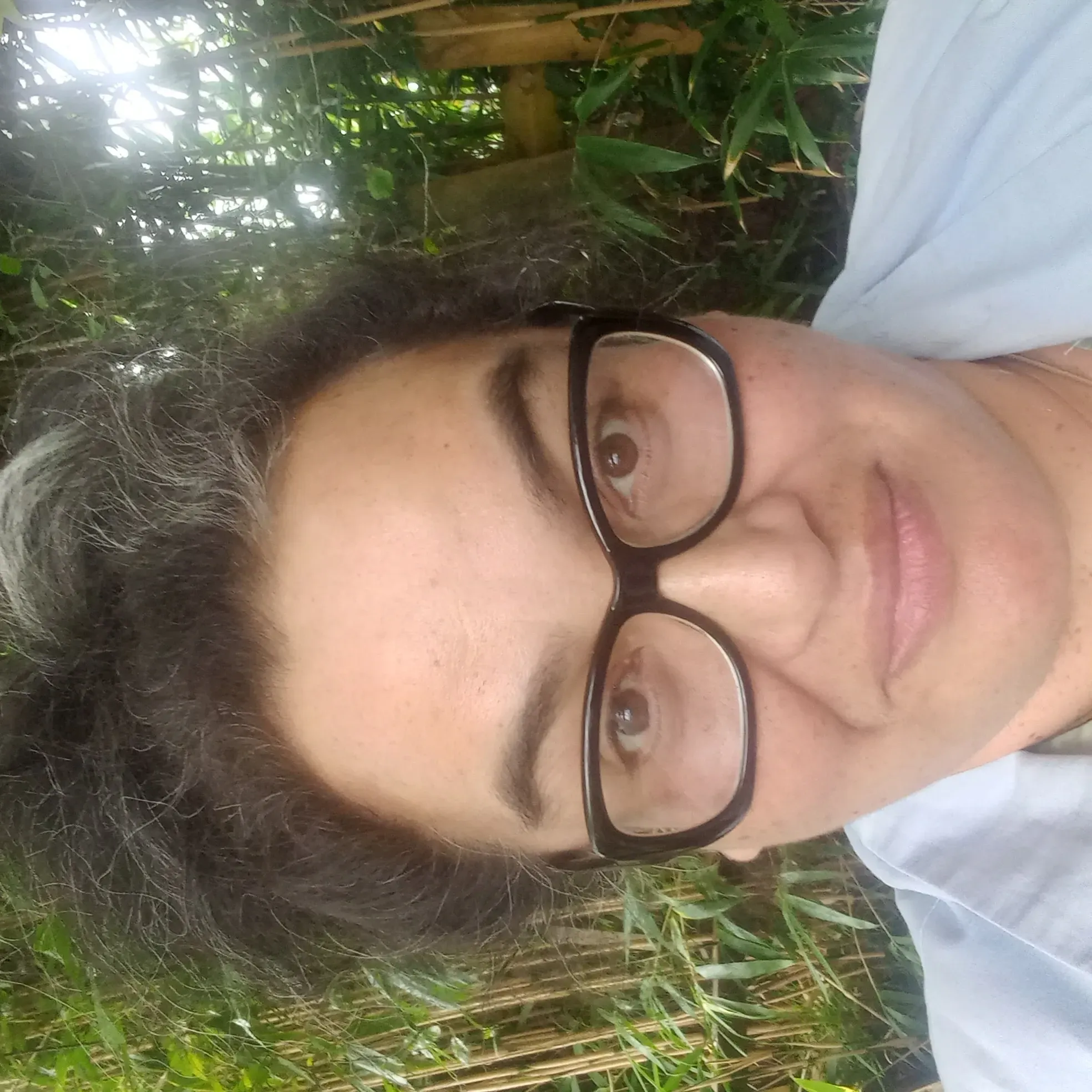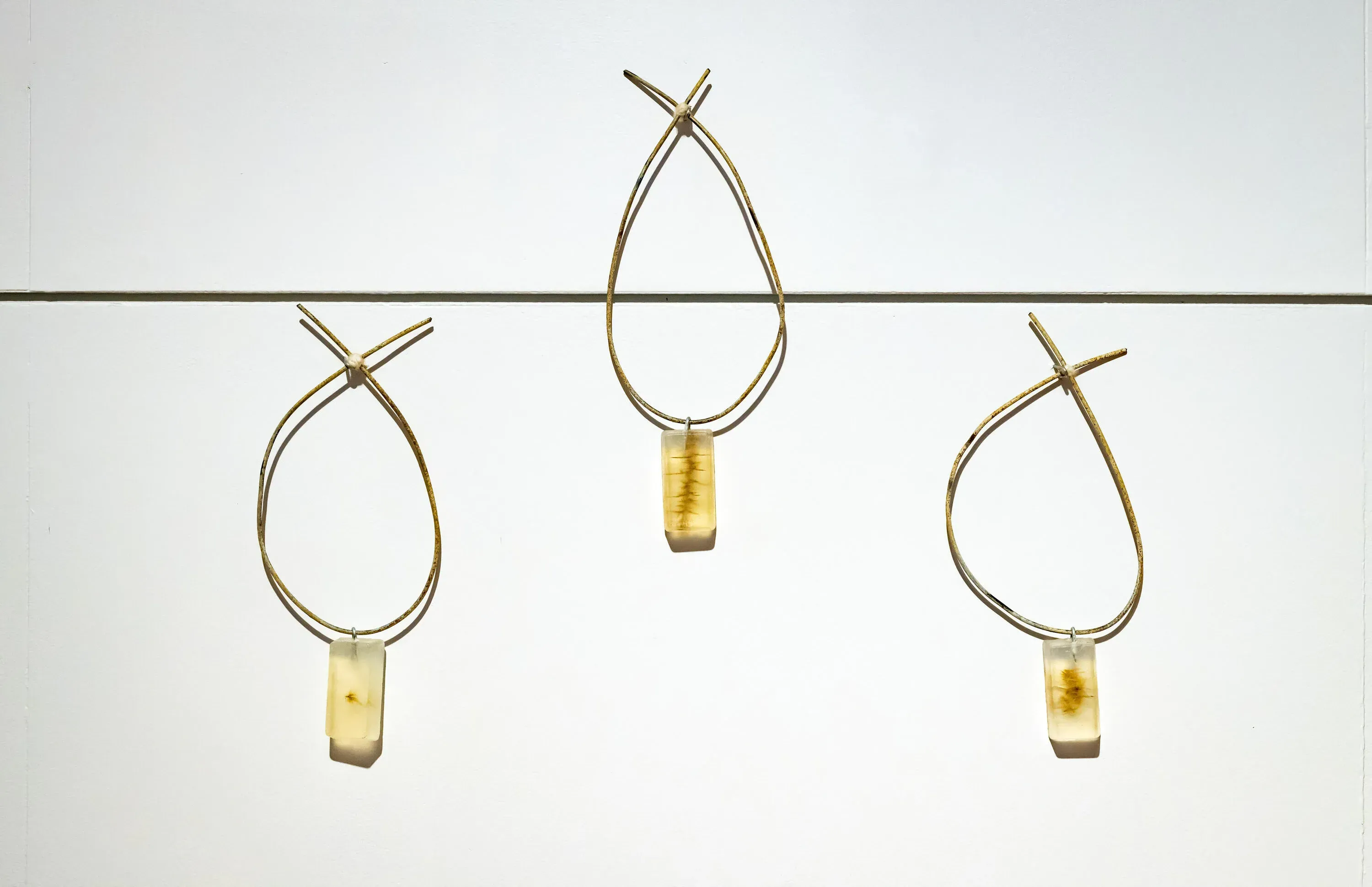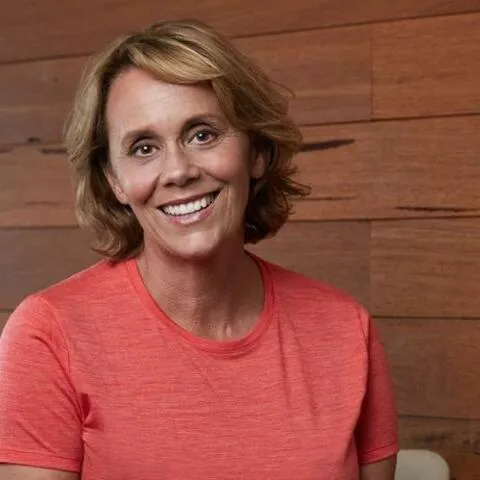Big Week for Wāhine Toa
Written by
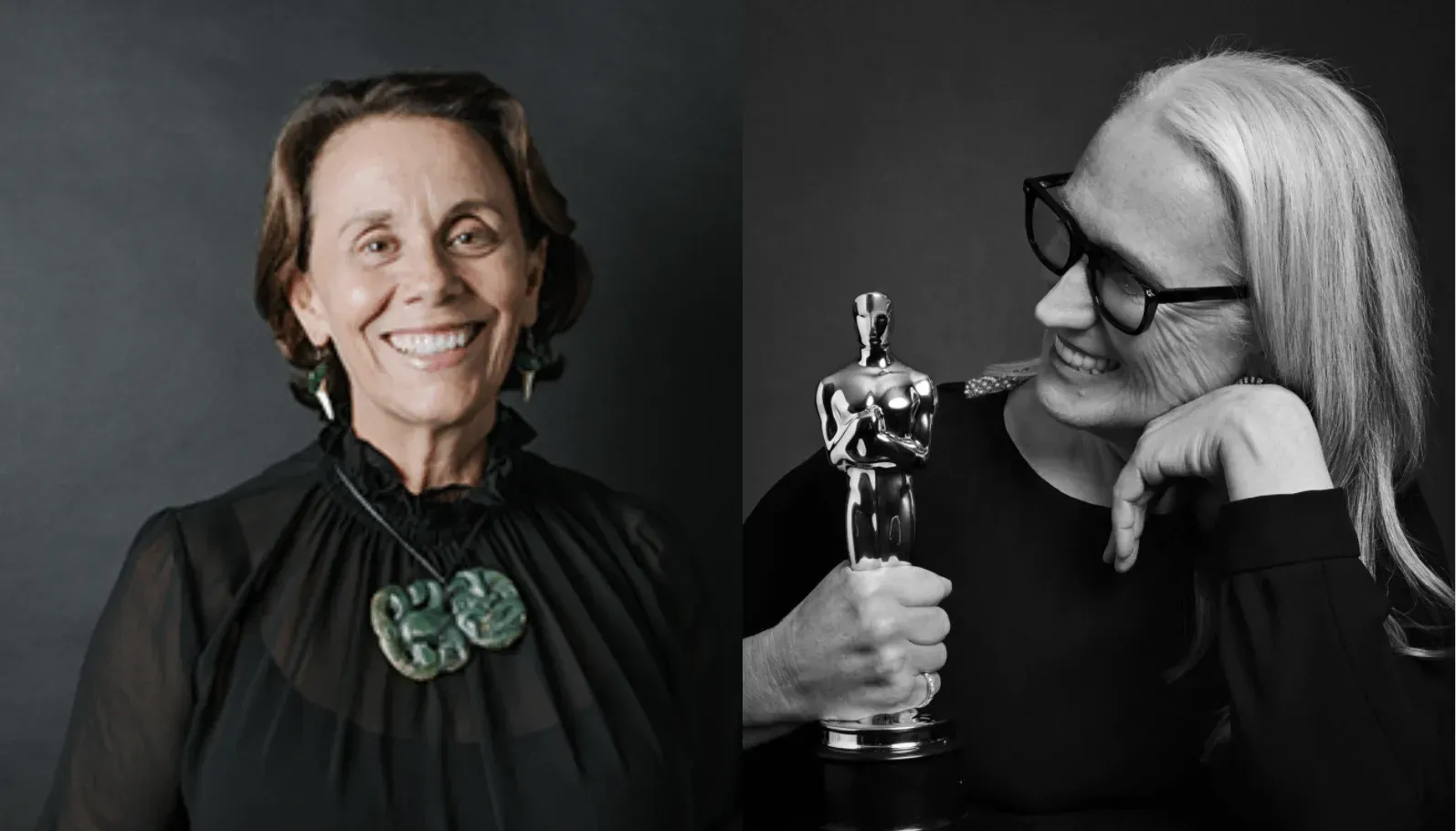
As a creative community - and as a country - we are used to wāhine toa leading from the front.
But even by our already high benchmark, it’s a big week for some of Aotearoa’s leading creative lights.
Dame Jane Campion’s historic Oscars moment - finally landing Best Director at this year’s Academy Awards - may not be getting the international traction it deserves thanks to Will Smith’s right hand and Chris Rock’s cheek.
Hell, trawl through the local mainstream media and you’ll struggle to find a mention of it behind “the slap”.
But it’s been well celebrated by the industry here. Sarah McMullan garnered reaction from throughout the Aotearoa film sector here on The Big Idea.
Dame Jane was a jewel in the crown before this moment - and New Zealand’s now got a director that can truly be labelled among the world’s greats. There is no title or trophy missing from her collection.
The fact that Dame Jane brings her biggest projects back to our shores - her two oscar winning efforts in The Piano and The Power Of The Dog - is a testament to how she views the industry here.
It’s more than just the scenic backdrops - she brought plenty of Kiwi crew along for the ride as well. Three other New Zealanders earned Academy Awards nods because she chose to back them. Not to mention the hundreds of others who can now add “I worked on an Oscar nominated film” to their CVs.
Yes, there are rebates and production incentives that help. Yes, Government funding going to overseas films is a bone of contention for many. But the fact is Dame Jane didn’t have to bring the movie here.
Having her contribution to the sector is nothing short of immense, and there are countless people who can share a slice of pride in her success.
Rose to the occasion

Rose Matefeo in Starstruck. Photo: TVNZ.
She’s not the only screen export to experience career highs this week.
Congratulations as well to comedian and actress Rose Matefeo for earning a BAFTA TV nomination for Best Female Performance in a Comedy Programme.
Her creativity has been long admired and celebrated on our shores and it’s wonderful to see it being acknowledged internationally as well. Making the feat even more special - it’s for the series Starstruck which she created and co-wrote - which has just released a second season which you can stream on TVNZ.
Matefeo is in demand - she’s been on air with Stephen Colbert recently, is appearing alongside Ben Stiller on Late Night with Seth Meyers tomorrow (Friday NZT) and is profiled in The New Yorker with the title stating she is “reconstructing the rom-com.”
I’d go as far to say her talent is being recognised even more so abroad than here at home - which perhaps is a discussion for another day.
With the door kicked in by Flight of the Conchords, it’s wonderful to see the dry Kiwi comedy trademark continue to be lapped up by overseas audiences - joining the likes of Wellington Paranormal and Creamerie in being lauded away from our shores.
More Dame fame

Dame Hinewehi Mohi. Photo: Daniel Boud.
The winner of the New Zealander of the Year will be announced this evening (Thursday night) - and once again, one of the leading lights of the creative community is getting a well-deserved spotlight.
Even if Dame Hinewehi Mohi doesn’t win the prize - it’s spectacular to see her outstanding contributions recognised.
A fearless performer who infamously rewrote the rulebook by having the audacity to sing the Māori version of our national anthem before an All Blacks match, Dame Hinewehi has done as much as anyone - if not more - to advance the use of te reo in our musical landscape.
It’s commonplace to hear Māori lyrics on the radio these days - would that be the case without pioneers like Dame Hinewehi?
Her work with APRA AMCOS in promoting a bilingual music industry has been unrelenting and driven to make a difference, with the runaway success of Waita/Anthems week last year catapulting her name forward as a finalist.
That’s not even taking into account the amazing mahi she does with her own organisation the Raukatauri Music Therapy Centre, which is into its 18 year of helping to change the lives of those with disabilities.
She’s up against formidable and hugely admired opposition in Dame Lisa Carrington and Tā Tipene O’Regan. Fingers crossed she joins the likes of fellow creative powerhouses Jennifer Ward-Lealand, Taika Waititi, Sir Richard Taylor and Mike King in earning the recognition as New Zealander of the year.
But to borrow a well-used cliche, being nominated is worth celebrating too.
There are other creatives up for significant awards tonight - singer Stan Walker is a finalist in Young New Zealander of the Year, veteran broadcaster Rereata Mākiha is in the running for Senior New Zealander of the Year and Oscar-winning visual effects artist Mark Sagar is a contender for New Zealand Innovator of the Year.
It’s streaming on TVNZ and on Facebook form 7.30pm tonight.
Do right by playwrights
She doesn’t have a Dame in front of her name - and her work’s not being splashed on screens around the world (yet), but Maraea Rakuraku is another name that should be on your radar.
She’s had another breakthrough moment as the stand out of this year’s Adam NZ Play Awards - winning Best Play by a Woman Playwright, Best Play by a Māori Playwright, and the overall prize for Best Play.
Run by Playmarket, the awards celebrate the best in new unproduced writing for the theatre, and Rakuraku - who won the award back in 2016 for Tan-Knee - has cleaned up this time for her play 02 04 16 10 07, which examines the Tūhoe experiences of both the 1916 occupation of Maungapōhatu by colonial forces charged with arresting Rua Kenana and the 2007 armed police raids in response to alleged paramilitary training in Rūātoki.
Rakuraku told The Big Idea that the awards brings “All the feels. Affirming, exciting, humbling. Ngā mihi atu ki a koe, kia tatou katoa. Tēnā tatou, tēnā tatou, tēnā tatou, katoa.”
She’s been here before - Rakuraku admits to feeling “overwhelmed” when she won the Adam Prize in 2016 (the fact she was writing Te Papakāinga, a play about the effects of an infanticide upon a community would have contributed to that) - and that she had to face “that dreaded imposter syndrome. It's a thing. All the expectations. Mine more than anything. When I lived in Wellington, I was a reviewer for theatreview and Pantograph Punch. Often, I got a lot of targeted clapback from angry white men. After winning the Adam, that seemed to die down.
“As a playwright and theatremaker, you write so your work will be seen and experienced. When that doesn't happen and that can be due to a myriad of reasons, it can really make you question and doubt whether it's for you. You have to be your own motivation."

Maraea Rakuraku. Photo: Supplied.
She sings the praises of the Adam Foundation as “true champions of the arts and through this award, for playwriting.”
But Rakuraku also has some hard questions to ask of the rest of the creative community.
“If you look at the list of winners and finalists of the Adam Prize over the past 15 years, how many of those plays have actually been staged? How many have entered the canon of New Zealand Theatre? How many have been published? How many are taught in kura kaupapa, Wananga, Universities and schools? How many are on reading lists at Tertiary Institutions? How many have had National and International tours?
“Why isn't Playwriting a category in any of the major literature prizes within Aotearoa? Isn't it time that changed? We have an overabundance of outstanding playwrights writing and producing work that deserve wider recognition.
"In Australia, the Victorian Premier Literary Awards has a prize for Drama that sits alongside the usual best nonfiction, fiction and poetry categories. I want that for fellow New Zealand playwrights. In the USA particularly, there are a number of fellowships and residences specifically for playwrights. There are some here, why aren't there more? Why aren't Playwrights included more regularly in Arts Festival line-ups?
“Not every screenwriter starts off in theatre but some of our more successful did,” she states, pointing to the likes of Taika Waititi, Riwia Brown, Jemaine Clement, Briar Grace Smith and Toa Fraser. “Not every playwright wants to shift to the screen. So, why don't we resource, encourage and aid playwrights to build fully sustainable careers?
“I mean properly resource. Endless funding applications are soul sapping and I say that as someone who has been both unsuccessful and successful with them. Wouldn't it benefit us all to strengthen the infrastructure? Burnout is brutal. You certainly don't remain in theatre if you want to be rich or own a house. Good on you if you do. You remain because of the magic.
“I don't ask these questions to throw shade at anyone or cause hurt. I notice one-off type programmes are starting or like Te Pou with Koanga Festival, and the extension of one month residency to three months, more sustainable. However, isn't it time the major theatres stepped up in the identifying, developing and supporting of talent through Annual Residences - Writing and Technical?
“Court Theatre did, once, 10 or even longer years ago with writer Chris Molloy. What happened to the Next Stage Programme at Auckland Theatre Company? As the premier Māori Theatre company, I'd love to see Taki Rua support an annual residency for Writers in te reo Māori (Emerging and Senior) that could then feed into their annual Te Reo tour while building the canon.”
As she nears the end of her four year Ph.D in Creative Writing at the International Institute of Modern Letters, Rakuraku is working on a poetry manuscript ,a series of essays, compiling papers for publication and plans to adapt one her plays for the screen.
“I'm revising the final play in the Te Urewera Trilogy and I've started drafting a work about the deep, toxic misogyny that exists within te Ao Māori based upon a lifetime experience of it. Just yesterday, I was called kūpapa and whore for winning the award from a Māori someone I have no connection to and don't know. That's alarming and new. And a tohu, I must write that work.
“However, unlike in 2016, with Tan-knee, this time round, and in spite of that horrible start to the day, like the characters in the 02 04 16 10 07, I'm ready. May the right makers, collaborators come. Naumai haere mai.”
Another totara falls

Moana Jackson. Photo: Supplied.
Sad news in te ao Māori, with the passing of Moana Jackson after a long illness.
Acclaimed and admired as an academic and a lawyer, Jackon’s legacy will include his contribution to toi Māori.
Jackson’s mahi permeated deep into the creative realm of our creative industry - including as a keynote speaker on one of the Nui te Kōrero Creative New Zealand conferences.
To see his passion, you need only read his words that set the scene for Nigel Borell’s beautiful book Toi Tū Toi Ora: Contemporary Māori Art (from the game-changing Auckland Art Gallery exhibition of the same name). In the foreword he wrote:
“Art is the telling of stories. In some cultures, storytellers begin by saying, ‘In the days before we remember’, or, ‘In the days of the ancestors’, while in others they trust in somebody or something else, and say, ‘In the beginning was the word and the word was God.’
“Whichever words are used, the idea of ‘once upon a time’ is a chosen glimpse into facts or fantasy. It can be the simple beginning of a narrative or represent the particular ideas and memories that a people have placed at the heart of their collective sense of being.
“It is a portal from creation to what Patricia Grace has called the ‘now-time’.
"Māori art has a particular "once upon a time" that captures its own chosen glimpse into what might be called a sense of imagined possibility. Whether it is a poem, a song or an image, it can draw on the mystery of creativity, which Rangi Chadwick once called ‘the quiet space where anything seems possible’. Like the whatihua, the active cosmos that curves into the sky between the dreams of the seen and the unseen, it can be boundless in its vision and inspiring in its reach.”
Much aroha for the whānau and friends of this remarkable trailblazer.
What happens now?
It’s only a matter of days before vaccine passes become a thing of the past in most of our daily lives.
From Monday morning (4 April) it is no longer a requirement for entry into your favourite galleries, theatres, workshops, cafes and more. The 200 maximum indoor capacity still stands until the Government alters the Traffic Light setting to Orange - next update is expected on Monday as well.
But for some, it’s a confusing time - and for some, the idea of letting go of what we had previously been told was “for our own safety” can come with anxious times.
With the creative community in mind, Manatū Taonga Ministry of Culture and Heritage (MCH) is putting on a webinar tomorrow (Friday 1 April) at 2pm - a joint effort with the Ministry of Business, Innovation and Employment (MBIE) “to discuss what these changes mean for the arts, culture and heritage sector.”
It’s a chance to ask questions - and listen to the concerns, thoughts and ideas of your peers - to get answers right from the source. If there are concerns that MCH aren’t aware of, then the only way you can expect them to address it is bring it to their attention.
MCH has stated the webinar will include
- updated guidance for events
- updated guidance for public facilities and retail
- updated guidance for workplaces
- removal of the My Vaccine Pass requirements
- impact of the changes on Manatū Taonga support schemes, including the Arts and Culture Event Support Scheme
For anyone interested, here’s the Zoom link.
Hard wired

Last year's winning No. 8 Wire National Art Award entry. Photo: Supplied.
Number eight wire - made to be practical, considered by all New Zealanders to be a conduit of creativity.
The finalists have been named in a very Kiwi competition - the Fieldays No.8 Wire National Art Award - which is entering its 25th year of challenging creatives “to transform the iconic agricultural product into inspiring art.”
There are 26 finalists on the list - but we can’t share any of their work. That’s because the judging process is a blind one, so carver, sculptor, and multi-disciplinary artist Eugene Kara will be selecting the winners without knowing who created them.
When the winners are announced next month - they’ll be on display at Hamilton’s ArtsPost Galleries & Shop.
The winner will receive a cash prize of $7,000, with prizes also to be awarded for the People’s Choice and President’s Choice.
